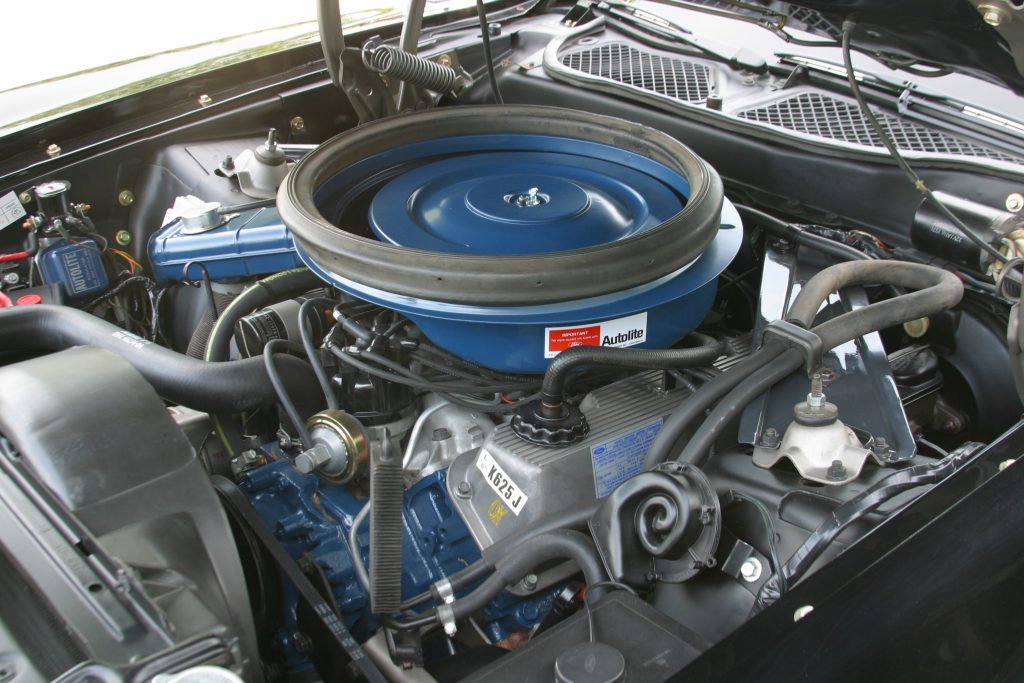You’ve got questions. We’ve got answers—the Summit Racing tech department tackles your automotive-related conundrums. This week in our Mailbag, we’re tracking down the source of gasoline in oil.
Q: My 351 Cleveland engine is having a power problem. It has a 600 cfm Holley four-barrel, 2V Cleveland heads, Crane RV-style cam, headers, and a points distributor. Timing is set to factory specs.
I think I can trace the problem to having a little gasoline in my oil. Oil pressure is high initially, then goes to normal as the engine warms up. I am also noticing oil blowby through the valve covers.
With almost 500 miles on the engine, shouldn’t the moly piston rings have seated by now? The engine seemed to make more power when it had the factory two-barrel carb manifold. Could having a four-barrel carburetor with 2V heads be the problem?

A: The oil pressure fluctuation isn’t really a problem, but having gasoline in the oil is. Like you said, the piston rings should have seated by now. Our guess is that because they have not seated, fuel is getting into the cylinders and your crankcase. You should perform a compression test and a leakdown test. The leakdown test will tell you if the rings have seated or not.
You also may be running the wrong intake manifold. Fords are notorious for having many different combinations of blocks, heads, and manifolds. The correct Edelbrock intake for a 351C with 2V heads is EDL-2750. If this is not the manifold you have, it may not be sealing to the block, or the intake gasket may have moved, causing a vacuum leak. That leak could be the source of your poor performance and fuel in your oil.

I had a fuel pump go out and get gas in the oil on a cleveland
Check the power valve and the small air bleeds in the carburetor.
Diaphragm or seal in the back of fuel pump against the timing chain cover is leaking. If it is that noticeable. Replace ASAP it will get worse and thin the oil fast and burn up your engine. It happened to me . All of a sudden I noticed my gas gauge going down fairly quickly , when I got home I could smell gas…pulled the dip stick it was dripping.. Drained the pan and wow the gas that came out ! I caught it just in time.